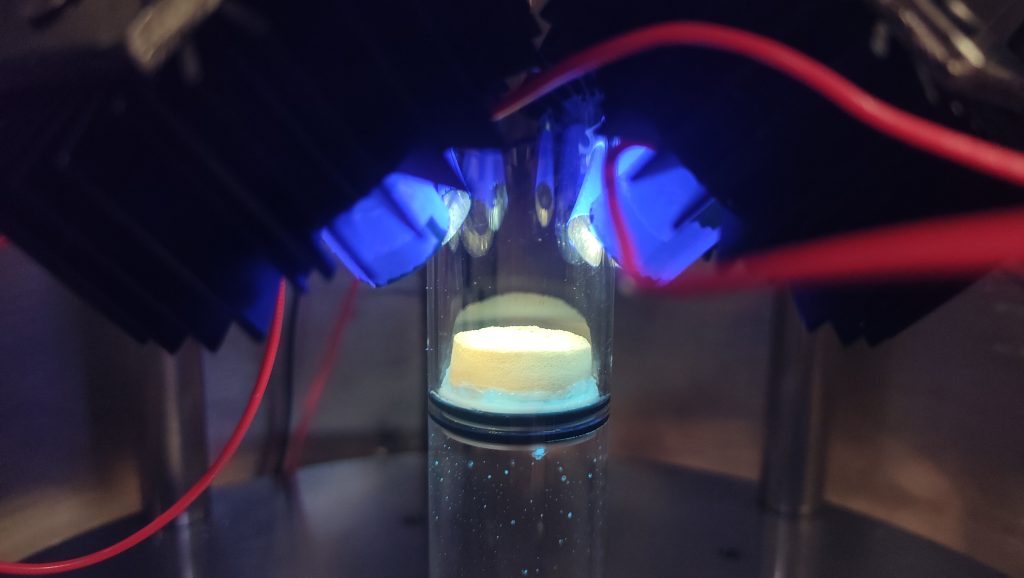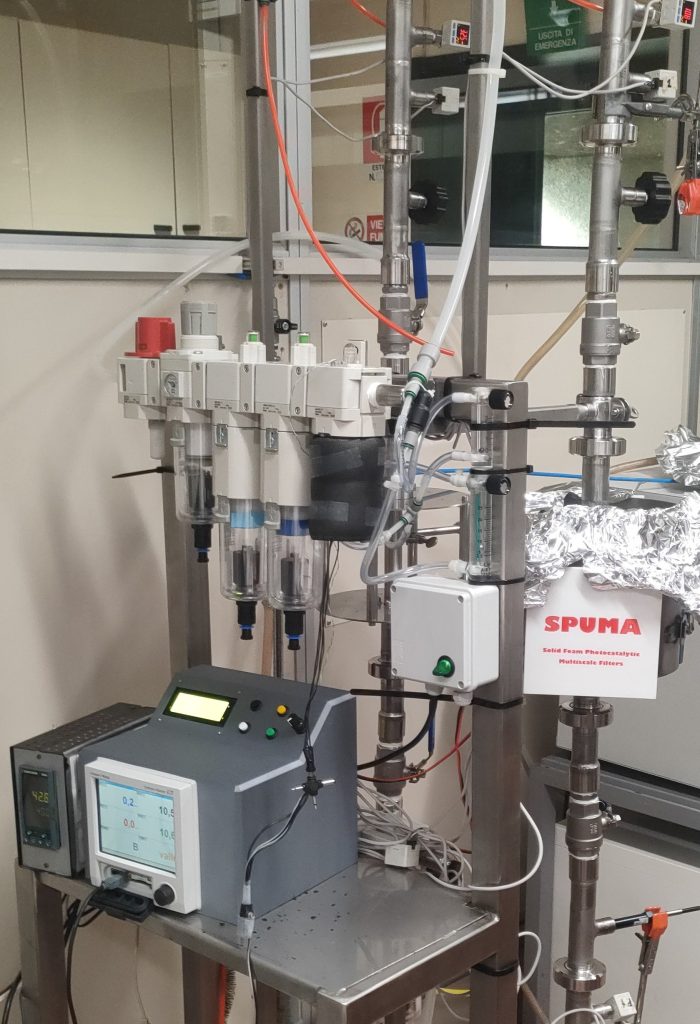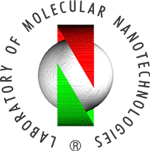
PRIN – Bando 2022 – Prot. 2022AFXC29
Principal Investigator: prof. Luigi Cristofolini
Needs for air purification to reduce health threats are widespread, from small environments such as homes and enterprises to large industrial environments and hospitals. Effective and cost-efficient purification technologies are essential to control air pollutants, including volatile organic compounds (VOCs), and pathogenic microorganisms such as viruses (e.g., SARS-CoV-2).
As human space exploration advances, the need for compact, efficient, and reliable air and water treatment systems becomes increasingly critical. The roadmap of the European Space Agency ESA explicitly emphasize the necessity of developing compact, efficient, and reliable systems for the treatment of both air and water, while the 2023 ESA “Open Space Innovation Platform” OSIP Campaign “Sustainable Future: Advancing Circular Life Support Systems” seeks to accelerate innovation in regenerative life support systems for space.

While all-in-one solutions are not available, Photocatalytic Oxidation (PCO) air cleaners recently emerged as attractive means thanks to their potentials to treat simultaneously Volatile Organic Contaminants (VOC) and microorganisms. Nevertheless, the efficacy of current PCO systems is still far from being satisfactory: Two bottlenecks limit the efficacy of current PCO devices:
- limited photocatalytic activity of the structures employed;
- limited extension of the activated surface.
To overcome both bottlenecks, we exploit an approach based on concepts of material and surface sciences: the formation of a high surface density hierarchic structure spanning multiple length-scales and exposing photocatalytic titania (TiO2) nanoparticles [1].
Improving the PCO activity of the nanomaterial: synthesis of doped titania nanoparticles that can be activated by visible light (click to expand)
Classical PCO systems are activated by UV radiation from mercury (Hg) lamps, which also generate irritating ozone, besides employing the pollutant heavy metal Hg. By exploiting documented synthetic routes, the Project employs titania nanoparticles (NP) appropriately doped to increase the stability against thermal treatments, as well as the efficiency of PCO activity that can be triggered by visible light. Visible light activation of PCO allows to use energy-efficient LED sources and solves in one step both problems of ozone and of mercury.
Maximizing the photocatalytic surface: developing solid foam filters using a bottom-up process (click to expand)
The Project aims to enhance PCO activity by maximizing the catalytic surface, developing objects of hierarchical porosity encompassing multiple length scales, from the meso- to the macro-scale. An example is shown in the picture on the right, illuminated by 365nm LEDs. These multiscale structures will be made by solid foams characterized by open pores in the range from sub-micron to fractions of millimetres, covered by photocatalytic NP; these foams will permeate structures with larger open pores (typically in the millimetre range) produced by additive manufacturing (3-D printing). 3-D structures and pore size distribution will be optimized aiming at balancing efficient air flow, favoured by large pores, and effective PCO purification, favoured by the larger surface area of smaller pores.

Within the SPUMA Project, the Team lead by prof. Roberto Montanari at the DISTI Department of Engineering in UNIPR built a laboratory-scale plant (see picture on the left) which we now use to test PCO activity of our solid foams against VOC and microorganisms.
The expertise needed to achieve this objective is ensured by multi-disciplinarity of the proponent team, encompassing Material Science, Soft Matter, Surface Science, Industrial Engineering, as well as Analytical Chemistry and Microbiology.
[1] M. Vaccari et al. “Zn-doped titania nanoparticles as building blocks for solid foam filters of water and air via photocatalytic oxidation”, Catal Commun 171 (2022) 106527.
[2] M. Vaccari et al. “Tailoring Solid Foam Structures for High-Efficiency Photocatalytic Filtration of Air and Water”, Materials & Design 260 (2025) 114980
